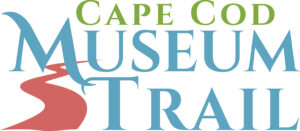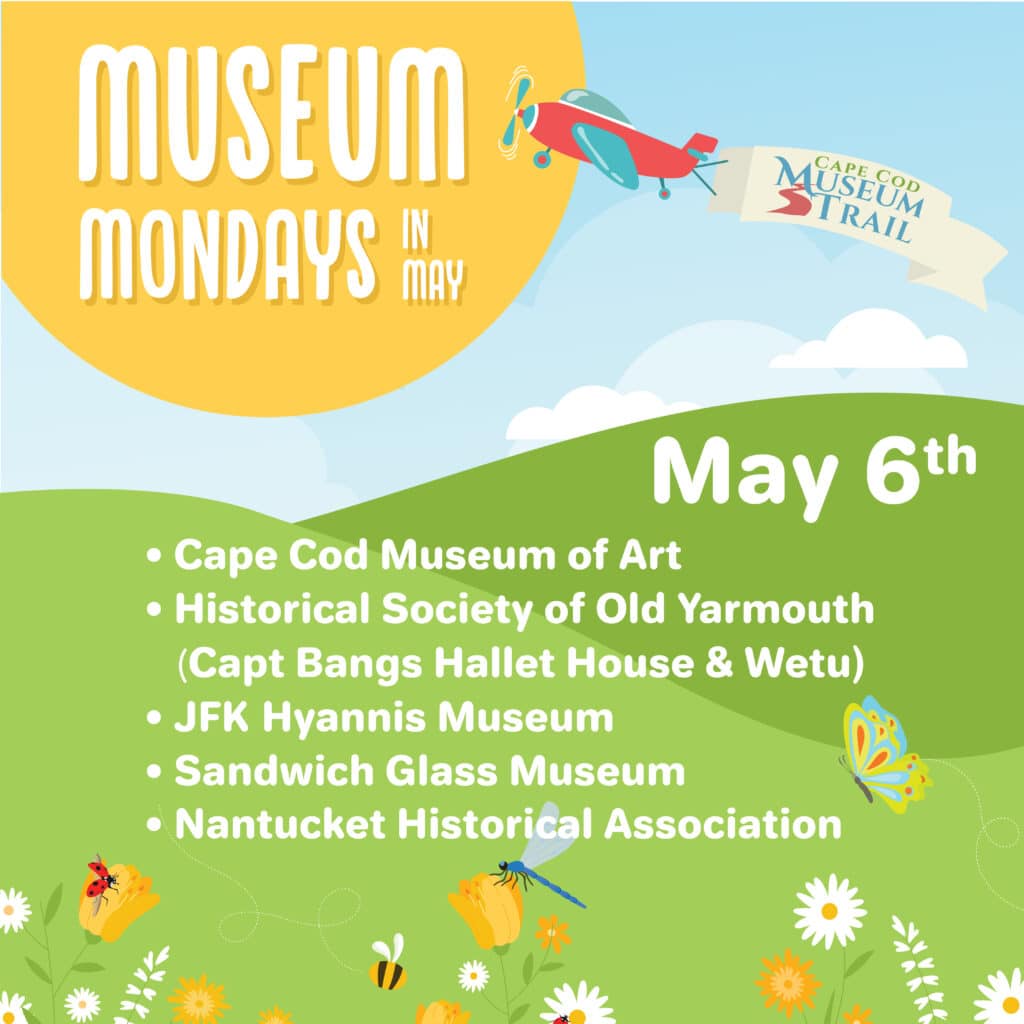
- This event has passed.
Color Theory Demystified with Mary Moquin
January 8, 2020 @ 1:00 pm - 4:00 pm
Date: Wednesdays, Jan 8–Feb 12 (6 classes)
Time:1–4pm
Location: Upstairs in the Black Box
Price:$300/$255 members
Get control of your color mixing and understand the properties of your pigments and how to mix the color you want.
This in-depth class will teach you how to mix color confidently. We will discuss how pigments interact while mixing and why it can be so difficult at times to find the color you are trying to mix. Through a series of exercises we will unlock the mysteries of color together. This class is suitable for any level artist seeking to gain a better understanding of color. It is geared for oil or acrylic painters. Watercolorists are welcome to take the class but the demonstrations will be done in oil and acrylic and some of the information may not apply.
Materials List
I do not expect everyone to go out and buy a bunch of paint, but it is important in a color class that everyone has a versatile set of primary pigments. We will not need any earth tones so you can leave all your Ochres and Siennas and Umbers at home, or bring them along. But, please bring at least two tubes for each primary, one I have listed as cool, and one I have listed as warm. Feel free to bring more than 2, the more the merrier, but make sure you have at least one from each category for each primary. So to underline, 2 reds, 2 yellows, 2 blues, black and white. Different brands call them different names so I’ve just given a list of the many names they appear as and my suggestion as to the most versatile one in the pack. Bring along as many extra colors as you like.
Oil or Acrylic Paints in the following suggested Primary colors:
- RED:
- One cool red, such as Alizaron Crimson, Quinachrodone Red, Quinachrodone Magenta, Permanent Magenta Deep, any sort of purplish red will do (Quin. Magenta is the most versatile)
- One warm red, such as Cadmium Red Light (NOT medium), Vermillion, Scarlet, any sort of orangey red will do. (Cad Red LIGHT is the most versatile)
- YELLOW:
- One cool yellow, such as Lemon, Cad Yellow Light, Hansa Yellow Light, Azo yellow, any sort of yellow that leans towards green will do. (Cad Lemon or light is prob most versatile)
- One warm yellow, such as Cad Yellow DEEP, Indian yellow, any yellow that looks orangey when you open the tube. In a pinch bring Orange.
- BLUE: Blue is pretty cool no matter which way you slice it, but we still want two.
- One that leans towards green, such as Pthalo Blue (green shade if specified), Cyan, Cerulean, Oriental blue, (Pthalo Blue is the most versatile, or Cyan, please don’t only bring Cerulean)
- One that leans towards purple, Ultramarine blue, sometimes called French Ultramarine blue, or Ultramarine Deep, or Ultramarine Violet, Pthalo Blue Red shade, (Ultramarine Blue really is the best)
- BLACK of any name
- WHITE Titanium or any blend of titanium and zinc.
Other Materials:
- Palette to mix paint on
- Palette knife, bring one that works well for mixing. It shouldn’t be too stiff. The kind with a bend in the shaft work better than the straight flat ones that let your knuckles drag through the paint!
- Assorted brushes, rounds, flats, bristle, synthetic, stiff, soft, just throw a bunch in. Big and little. We will talk more about brushes as time goes on.
- Several canvases to work on, Canvas paper is fine or gessoed paper, or gessoed canvas taped to a board. Several in the 10×12 range and maybe a few larger ones. A backing board to mount the paper on while working.
- Notebook for notes
- Scissors, ruler, pencil, tape, paper towels,
- Oil painters: No solvents or mediums will be needed. Murphy’s wood oil soap or baby oil, and some dawn dish detergent or a bar of fels naphtha soap works great for clean up. Or Bring your brushes home to clean after.
- Acrylic painters: something to hold water in to for your brushes while working.



